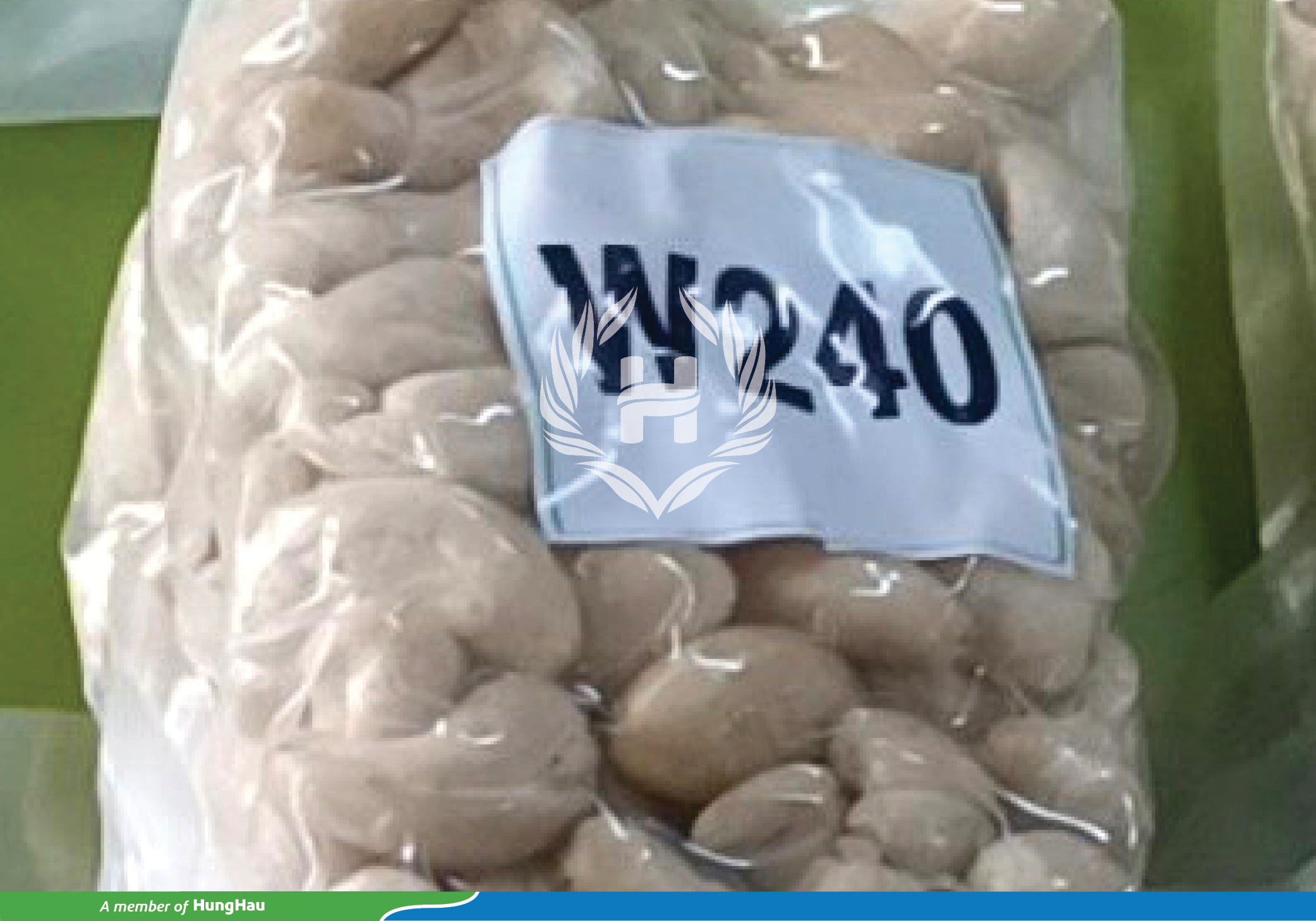Events, News, Vietnam Seafood
Coffee prices ‘regain what was lost’: Vietnam expects a harvest to be harvested, priced
Rebounding in both international and domestic futures markets after a technical correction due to fears of supply shortages and a slight drop in the dollar contributed to the bullish market. The domestic coffee market turned bullish compared to the same time yesterday.
Earlier this morning in the US market, the US Dollar Index (DXY), which measures greenback volatility with six major currencies (EUR, JPY, GBP, CAD, SEK, and CHF), fell 0.01% to 105.53.
While ICE inventory data continued to decline, ICE New York’s standing at a 24-year low supported the bull market. According to international traders, coffee purchased directly in producing countries is currently too high, causing them to buy certified goods at two exchanges, contributing to the rebound in futures prices.
Meanwhile, fears of an El Niño weather event causing drought for coffee-producing nations around the Pacific Rim remain intact. New York inventory report data continues to stand at 24-year lows that support the bull market.
According to international traders, coffee purchased directly in producing countries appeared too high, causing them to buy certified goods at two exchanges, contributing to the rebound in futures prices.

Currently, the world’s largest coffee corporations are present in Vietnam, the world’s largest Robusta raw material area. Localities have begun to harvest early-ripening coffee areas. In general, this year, prices increased at the beginning of the season, helping farmers to be excited and expect a good harvest and good prices.
A report from Santos Port shows that export volume in September only reached 76% compared to the same period last year. The market fears this delay could last until the end of this year, forcing roasters to increase purchases of available goods on both exchanges. Spot coffee prices also increased slightly at Brazilian domestic trading centers.
The latest moves from the US Federal Reserve (Fed) have caused the stock market to have a mixed trend. Despite slowing inflation, the majority of industrial raw material floors have given way to thermal agricultural product floors.
In addition, the strong return of the DXY index has prompted funds and speculation to liquidate net positions on both futures exchanges due to concerns that the Fed will be aggressive at the year-end executive meeting, while current concerns are increasing. The El Nino weather phenomenon that causes drought in coffee-producing countries around the Pacific Rim remains intact.
Vietnamese localities have begun to harvest early-ripening coffee areas. In general, this year, prices increased at the beginning of the season, helping farmers to be excited and expect a good harvest and good prices. The General Department of Vietnam Customs reported preliminary data showing that coffee exports in October only reached 43,725 tons (about 728,750 bags, 60 kg bags), down 14.21% compared to the previous month and down to 48.80 tons compared to the same period last year. This shows that the number of crop products in Vietnam is still insignificant.
Source: Tincaphe.com



 Tiếng Việt
Tiếng Việt